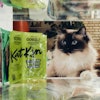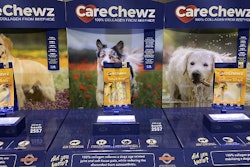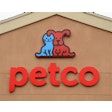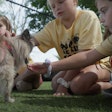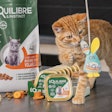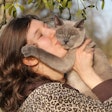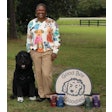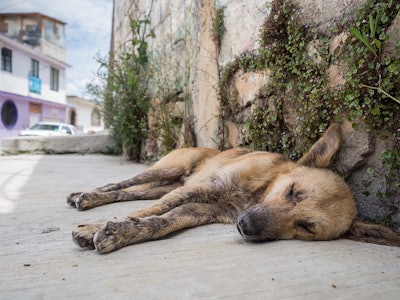
Mexican dog owners prefer small breeds, according to a census by lodging services company Dog Hero. Knowing the breed distribution allows pet food producers in the country to make informed decisions about the next products to launch and the requirements in terms of specific nutrition by breed.
Dog Hero carried out the population census in early 2020 among the 40,000 dogs and cats registered on its platform. The resulting information is quite revealing, as it is the first study performed over a sizable dog and cat population in the country.
Mixed-breed, rescued dogs most popular
According to the analysis, the mestizo “breed” is predominant in Mexico, representing 25.6% of the dog population. Mestizos comprise a wide range of breed mixes and include rescued dogs from the streets. Most mestizos are medium-sized and small dogs.
The second most popular breed is the Chihuahua, with 9.1% of the population. Then comes Schnauzers, at 7.3%, followed by Poodles, representing 4.3%. The only large breeds statistically relevant are Siberian Husky, registering at 3.4% of the dog population, then Labrador Retriever, representing 2.9%.
Overall, Mexicans prefer smaller breeds over large dogs. This is likely attributable to space restrictions in houses and apartments in large cities.
Furthermore, it suggests that dog owners may prefer to spend less on food, as the pet food requirements vary significantly among small and large pets. For example, a Chihuahua requires only 50 to 70 grams of pet food every day, while large breeds can consume as much as 600 grams a day, nearly 10 times more.
Population census reveals a mature pet food market
Some local manufacturers believe the dog food caloric penetration rate in Mexico is rather low, between 45% or 55% of the daily requirements, leaving plenty of room for future growth. However, Dog Hero’s census suggests the opposite.
With most dogs being small breeds, the current Mexican market has likely reached maturity at nearly 1.35 million metric tons per year of dog and cat food produced. Given that market size, the resulting daily ingestion per dog and cat is consistent with the current population of pets in the country.
The available information on dog and cat breeds is fundamental to understanding not only pet food preferences but also to improving demand planning and prospects.
